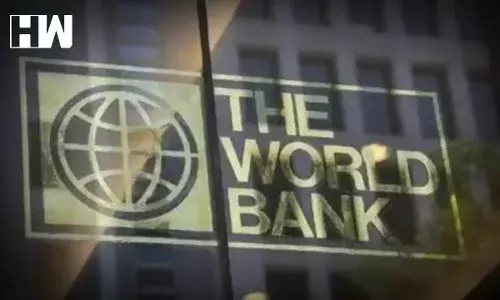New Delhi: Extreme poverty in India is 12.3 percentage points lower in 2019 than in 2011 as poverty headcount rate has declined from 22.5% in 2011 to 10.2% in 2019 with comparatively sharper decline in rural areas, a working paper of the World Bank policy research said.
The findings come only days after the International Monetary Fund (IMF) released a working paper claiming that through state-provided food handouts, India had nearly eradicated extreme poverty and reduced consumption inequality to its lowest levels in 40 years.
Poverty reduction was higher in rural areas compared to urban India as rural poverty declined from 26.3% in 2011 to 11.6% in 2019, while in urban areas the decline was from 14.2% to 6.3% during the corresponding period, it said.
“Rural and urban poverty dropped by 14.7 and 7.9 percentage points during 2011-2019,” said the World Bank’s working paper, ‘Poverty in India Has Declined over the Last Decade But Not As Much As Previously Thought’.
Sutirtha Sinha Roy and Roy van der Weide, both economists, co-authored the paper. The goal of the World Bank policy research working papers is to promote the exchange of ideas on development and to promptly distribute the results of ongoing research.
According to the study, farmers with small landholding sizes have experienced higher income growth. “Real incomes for farmers with the smallest landholdings have grown by 10 percent in annualized terms between the two survey rounds [2013 and 2019] compared to a 2 percent growth for farmers with the largest landholding,” it said.
The research from the World Bank is crucial because India lacks official estimates for recent decades. The National Sample Study Organisation (NSSO) released the most recent expenditure survey in 2011, at the same time as the country released official poverty and inequality data.
“This paper sheds light on how poverty and inequality have evolved since 2011 using a new household panel survey, the Consumer Pyramids Household Survey conducted by a private data company,” the authors said. In view of the data quality issues, in November 2019, the ministry of statistics and programme implementation (MOSPI) had decided to hold the release of the consumer expenditure survey results of 2017-2018.
According to the World Bank’s research paper, urban poverty in India rose by 2 percentage point in 2016 coinciding with the demonetisation, and rural poverty rose by 10 basis points in 2019, coinciding with a slowdown in the economy. “We detect two incidences of rising poverty in our period of analysis: urban poverty rose by 2 percentage points in 2016 during the demonetisation event and fell sharply thereafter; and, rural poverty rose by 10 basis points in 2019 likely due to a growth slowdown,” the paper said.
The paper also talked about consumption inequality. “We observe a slight moderation in consumption inequality since 2011, but by a margin smaller than what is reported in the unreleased NSS-2017 survey. Finally, the extent of poverty reduction during 2015-2019 is estimated to be notably lower than earlier projections based on growth in private final consumption expenditure reported in national account statistics,” the authors said.
As an independent media platform, we do not take advertisements from governments and corporate houses. It is you, our readers, who have supported us on our journey to do honest and unbiased journalism. Please contribute, so that we can continue to do the same in future.

